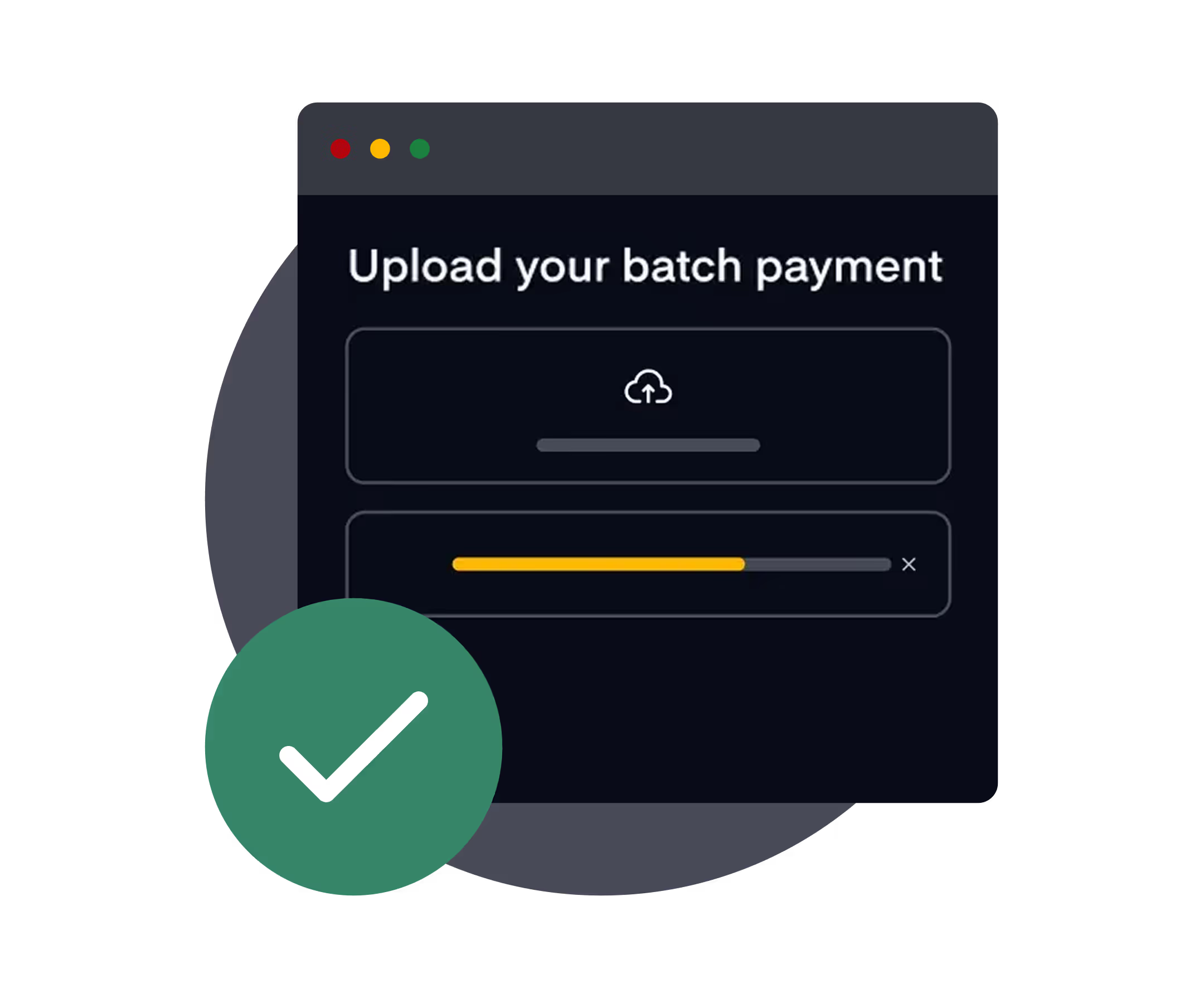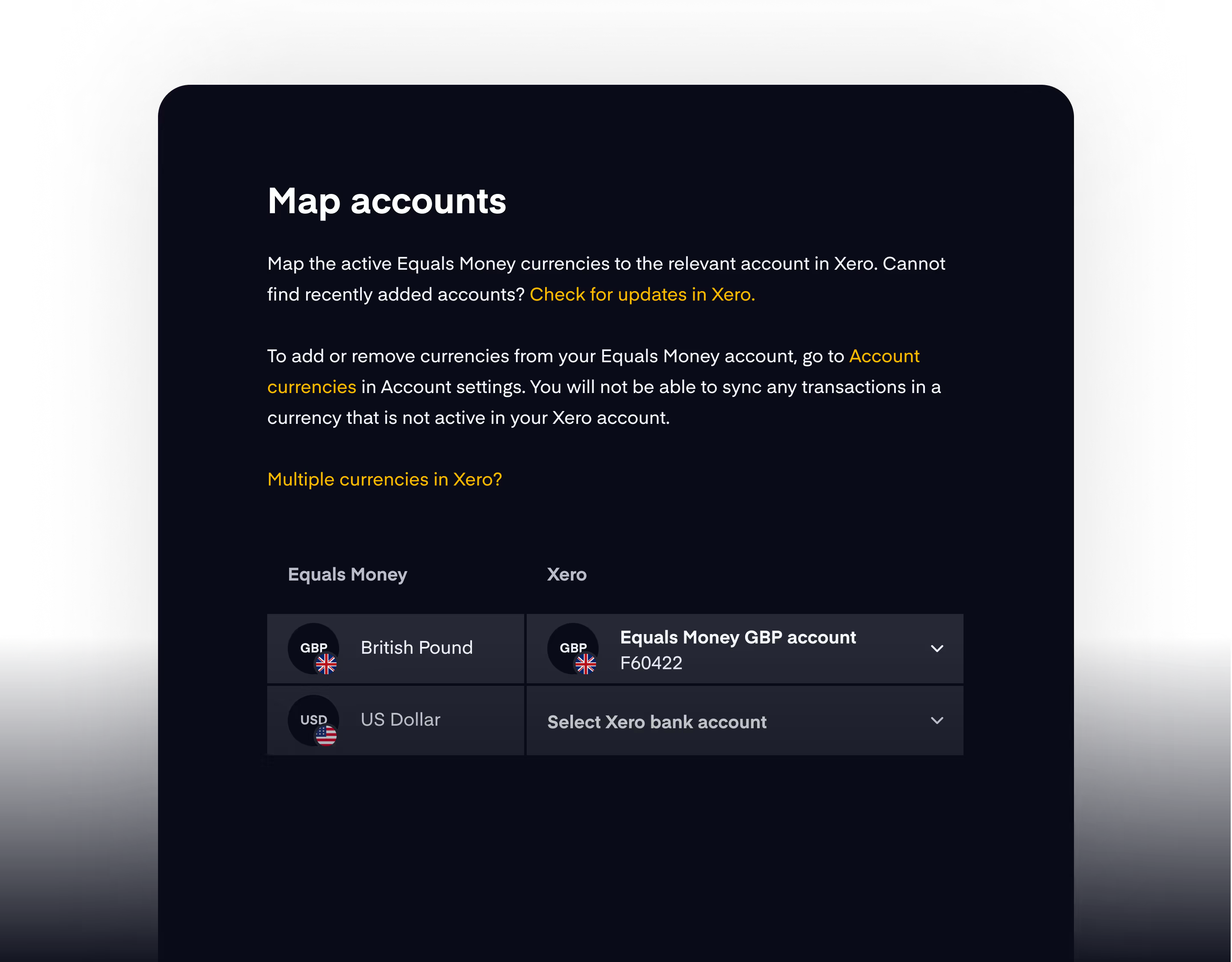TRY
The Turkish lira (TRY) holds a unique position in global finance as the official currency of Turkey, a nation that bridges Europe and Asia. The lira is also accepted as legal tender in the Turkish Republic of Northern Cyprus, a self-declared state that is only officially recognised by Turkey.
While not a major reserve currency, the lira is actively traded in emerging market FX portfolios due to Turkey’s strategic geographic location, sizeable population, and dynamic economy.
The TRY is particularly relevant in regional trade, foreign investment, and tourism across Eastern Europe, the Middle East, and North Africa. However, its volatility (driven by domestic economic policy, inflation rates, and geopolitical factors) makes it and its exchange rates a focus of interest for currency traders and analysts seeking exposure to high-risk, potentially high-reward FX opportunities.
Yes, you can make purchases in TRY using an Equals Money card.
Equals Money cards support 21 global currencies (including TRY), allowing you to make local currency purchases in Turkey. However, your card balance must include the required amount in TRY.

.png)
Yes, you can receive payments in TRY using an Equals Money account.
Equals Money accounts are equipped with a multi-currency IBAN, allowing you to receive payments and manage funds in 38 global currencies (including TRY), without the need for currency conversion.

Yes, you can make payments in TRY using an Equals Money account.
Equals Money allows outbound wire payments in 61 global currencies (including TRY). Read more on how to make an online payment here.
If you're an existing payments customer and do not have access to an online account, please speak to your account manager or get in touch with our team.

Yes, you can make bulk payments in TRY using an Equals Money account.
Equals Money allows bulk (batch) payments in 35 global currencies (including TRY).

The history of the Turkish lira and its evolution
The Turkish lira has undergone significant transformation since its inception, mirroring the political, economic, and social shifts of modern Turkey.
Prior to the modern Turkish lira, the Ottoman lira was introduced in 1844 during the late Ottoman Empire as part of a broader effort to modernise the empire’s monetary system. It replaced the kuruş as the primary unit of currency and was originally based on a gold standard, with silver coins also in circulation. The Ottoman lira remained in use until the dissolution of the empire following World War I.
It was eventually replaced by the Turkish lira in 1923, after the founding of the Republic of Turkey under Mustafa Kemal Atatürk, and was issued in banknotes and coins by various institutions before the formation of a formal central bank. This marked a significant shift in the nation's economic and political identity.
For much of the 20th century, the Turkish currency suffered from chronic inflation, leading to extremely high denomination banknotes and reduced confidence in the lira. By the early 2000s, hyperinflation had made everyday transactions cumbersome, with prices often running into millions of lira. In response, a major currency reform was implemented in 2005, introducing the New Turkish lira (YTL) and removing six zeros from the old lira. This revaluation restored the currency’s usability and credibility in both domestic and international markets.
However in 2009, the prefix “new” was dropped, and the currency resumed the name Turkish lira, which remains in use today. While the lira has faced volatility in recent years due to inflationary pressures, interest rate changes, and geopolitical events, it remains a symbol of national identity and an important regional currency in trade, investment, and tourism.
What is the symbol for the Turkish lira?
The currency symbol for the Turkish lira is ₺, a stylised design that reflects stability and upward mobility.
Introduced in 2012 by the Central Bank of the Republic of Turkey (Central Bank of the Republic of Türkiye) (CBRT), the symbol consists of a double-barred letter “L” that is anchored at the base and rises diagonally upward, representing a safe harbour and optimistic growth. This symbol was chosen through a national design competition and officially adopted to reinforce the global identity of the Turkish currency.
However before the creation of the ₺ symbol, the Turkish lira was commonly abbreviated as "TL", and this informal shorthand is still widely used in local contexts, such as in signage and pricing at local Turkish places, such as local markets or when buying street food snacks.
The introduction of a unique currency symbol allowed for greater international recognition and technical standardisation, making the lira easier to use when engaging in currency exchange rates, in digital systems, currency converters, financial software, and cross-border payments and commerce.
What is the ISO code for the Turkish currency?
The ISO currency code for the Turkish lira is TRY, as defined by the ISO 4217 standard. This internationally recognised code is used in financial markets, currency exchanges, international banking, and global business payments.
The ISO code “TRY” stands alongside other global currencies like USD (US dollar), EUR (euro), and JPY (Japanese yen), allowing traders and businesses to accurately reference and exchange the Turkish lira in global transactions and international money transfers.
In forex markets, TRY is a commonly traded emerging market currency. Its code is used in currency pairs such as USD/TRY, EUR/TRY, and GBP/TRY, which are tracked by traders for market movements. Understanding and using the ISO code is essential for accurate record-keeping, accounting, and automated trading systems that rely on standardised currency identifiers.
Which central bank issues the Turkish lira?
The Turkish lira is issued and regulated by the Central Bank of the Republic of Turkey (CBRT), which was established in 1931.
The Central Bank of the Republic of Turkey is responsible for implementing monetary policy, issuing currency, managing inflation rates, and ensuring financial stability. It is one of the most closely watched institutions in the Turkish economy, particularly because of its influence on interest rates, exchange rates, currency valuation, and foreign exchange reserves.
The CBRT plays a key role in defending the value of the Turkey currency, especially during periods of volatility. It uses tools such as repo rates, open market operations, and direct interventions in the FX market to influence the strength of the Turkish lira.
International investors and currency traders often monitor CBRT policy announcements closely, as they directly impact the lira’s exchange rate and market sentiment. Over the years, the CBRT has faced pressure to balance domestic economic growth with international expectations for monetary discipline.
What is a kuruş? Understanding Turkish lira subunits
The Turkish lira is subdivided into 100 kuruş, making kuruş the official subunit of Turkish currency.
Similar to cents in the US dollar (USD) or pence in the British pound sterling (GBP), kuruş are used primarily in small transactions, particularly in retail, public transport, and food services.
Historically, the kuruş was an independent currency during the Ottoman Empire, later becoming the fractional unit of the lira when the Turkish lira was modernised in the 20th century. Although its practical use is declining, the kuruş remains an essential component of pricing and accounting in Turkey, and prices are still commonly quoted with both lira and kuruş.
What Turkish banknotes and coins are used today?
The Turkish lira is issued in a range of currency notes and coins that support day-to-day commerce and consumer needs.
Banknote denominations include: ₺5, ₺10, ₺20, ₺50, ₺100, and ₺200. Each note features prominent historical figures, including Mustafa Kemal Atatürk, the founder of modern Turkey, and includes advanced security features to prevent counterfeiting.
Coins are issued in both lira and kuruş, the subunit of the lira. Circulating coins include: 1 kuruş, 5 kuruş, 10 kuruş, 25 kuruş, 50 kuruş, and ₺1 (one-lira coin).
In recent years, however, lower-value coins such as 1 kuruş and 5 kuruş have become less commonly used due to rising inflation, though they remain legal tender.
What is the Turkish lira called locally? Official and informal names
The official name of the Turkey currency in Turkish is "Türk lirası", which translates to "Turkish lira" in English. In everyday conversation and informal writing, it is often shortened to "lira". As mentioned, the symbol ₺ and the abbreviation TL are used interchangeably in retail stores, restaurants, menus, and advertisements throughout tourist areas and the rest of the country.
While the Turkish lira does not have widely known nicknames like the "greenback" for the US dollar or "quid" for the British pound, there are colloquial expressions tied to specific coins or banknotes. For example, locals might refer to the ₺1 coin as “bir lira” or use expressions that reference value, rather than slang terms.
These regional variations can vary across Turkey’s diverse cultural landscape, but in most contexts, the currency is referred to simply as lira or TL.
Popular Turkish lira forex pairs in the global market
The Turkish lira (TRY) is an actively traded fiat currency in the foreign exchange market, especially among emerging market currencies.
Some of the most commonly traded TRY forex currency pairs include:
- USD/TRY (US dollar/ Turkish lira)
- EUR/TRY (euro/ Turkish lira)
- GBP/TRY (British pound sterling/ Turkish lira)
- JPY/TRY (Japanese yen/ Turkish lira)
These currency pairs attract traders due to the lira’s relatively high volatility, which offers the potential for profitable short-term trades. Factors such as inflation rates, central bank policy, political developments, and geopolitical risk contribute to the dynamic price movements of the TRY.
Due to its classification as a high-risk, high-reward currency, the Turkish lira is popular in carry trades, strategies where traders borrow in low-interest-rate currencies and invest in higher-yielding ones like the TRY.
However, this also makes it sensitive to shifts in global risk appetite and investor sentiment. Forex traders, institutional investors, and multinational businesses engaged in FX risk management keep a close eye on TRY pairs and exchange rates as indicators of broader market trends across emerging markets and the Middle East.
















